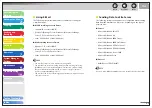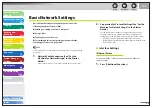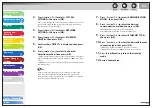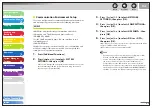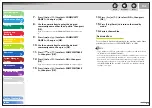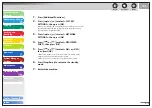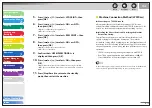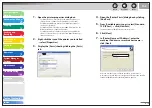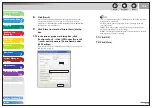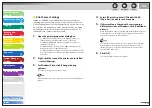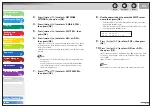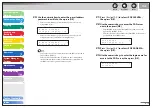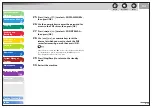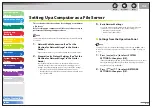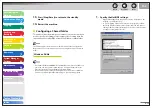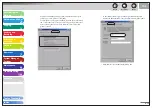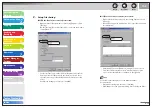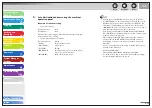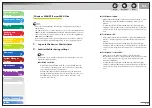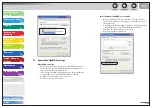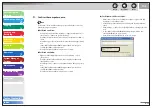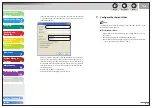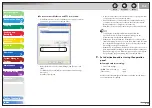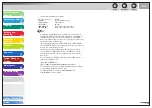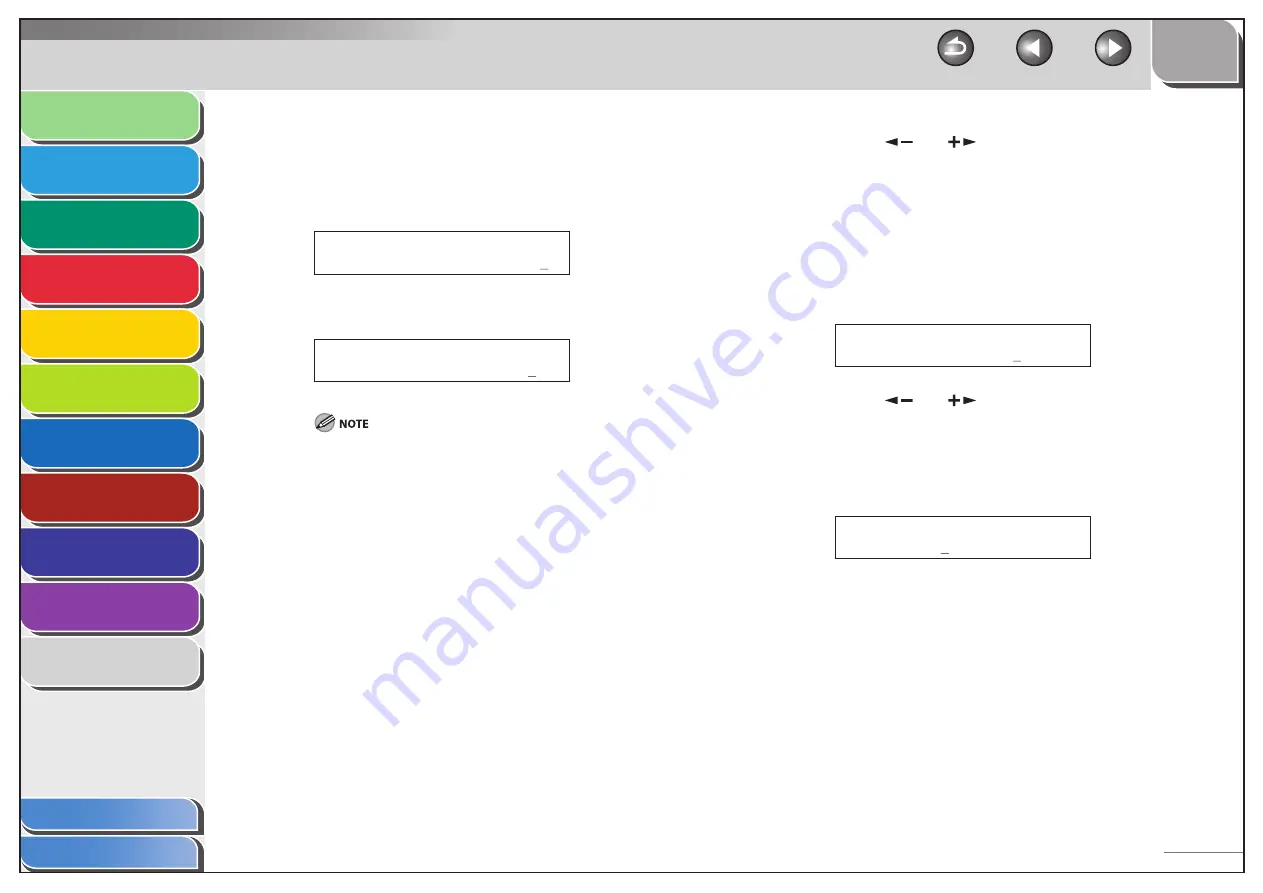
1
2
3
4
5
6
7
8
9
10
11
Back
Next
Previous
TOP
6-19
Before Using the
Machine
Document and Paper
Copying
Sending and
Receiving
Printing and
Scanning
Network
Remote UI
System Manager
Settings
Maintenance
Troubleshooting
Appendix
Index
Table of Contents
20.
Use the numeric keys to enter the e-mail address
your machine will use, then press [OK].
Enter the e-mail address as follows when you receive e-mail
using a POP server.
E - M A I L A D D R E S S : a
c a l @ p o p . c o m p a n y . c o m
Ex.
Enter the e-mail address as follows when you receive e-mail
using the machine’s own SMTP receiving function.
E - M A I L A D D R E S S : a
h o s t _ n a m e @ c o m p . c o m
Ex.
You can specify any user name (the part of the address located in
front of the @ symbol).
Enter the host name after the “@” symbol in the e-mail address.
(In this example, the host name of the machine registered with
the DNS server is “host_name.company.com”.)
–
–
–
–
21.
Press [
] or [
] to select <POP SERVER>,
then press [OK].
22.
Use the numeric keys to enter the POP server
name, then press [OK].
Enter the POP server name if the POP server name is already
registered in the DNS server.
Enter the IP address of the POP server if the POP server name is
not registered in the DNS server.
P O P S E R V E R : a
p o p . c o m p a n y . c o m
Ex.
23.
Press [
] or [
] to select <POP ADDRESS>,
then press [OK].
24.
Use the numeric keys to enter the login name for
access to the POP server, then press [OK].
P O P A D D R E S S : 1
a c c o u n t 1
Ex.
–
–

